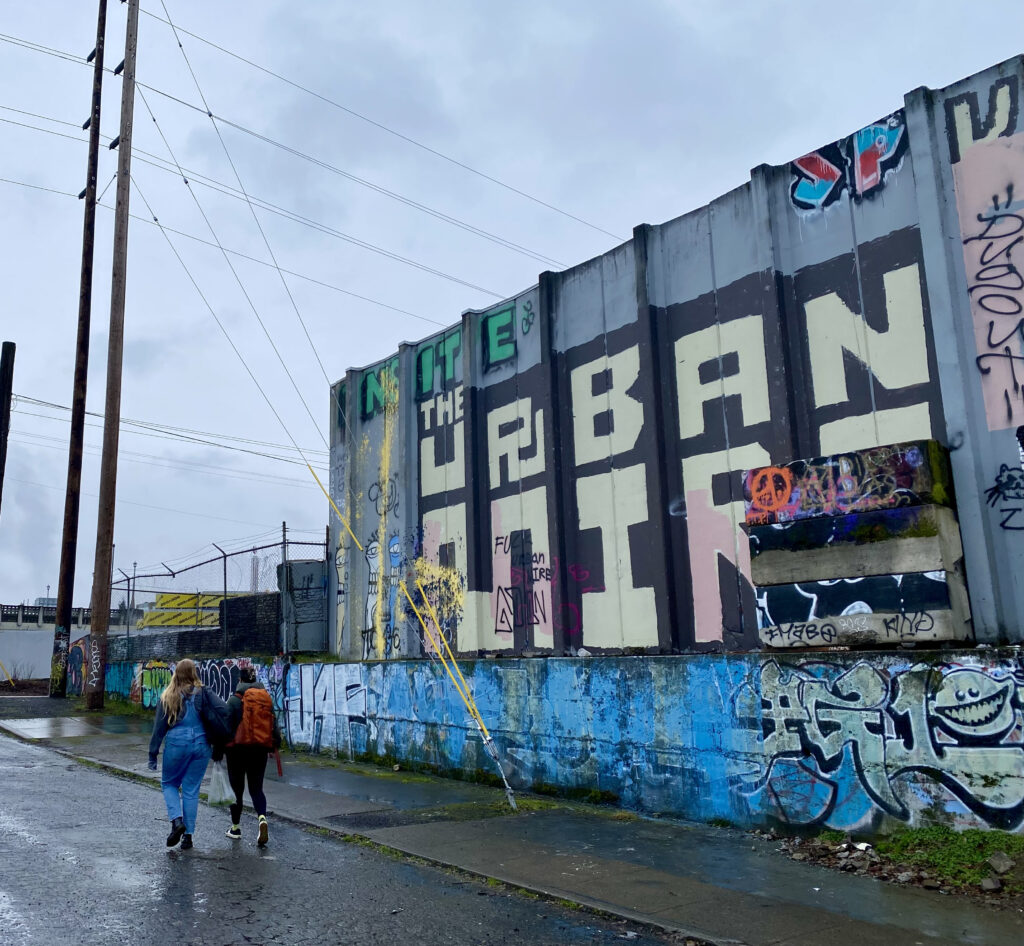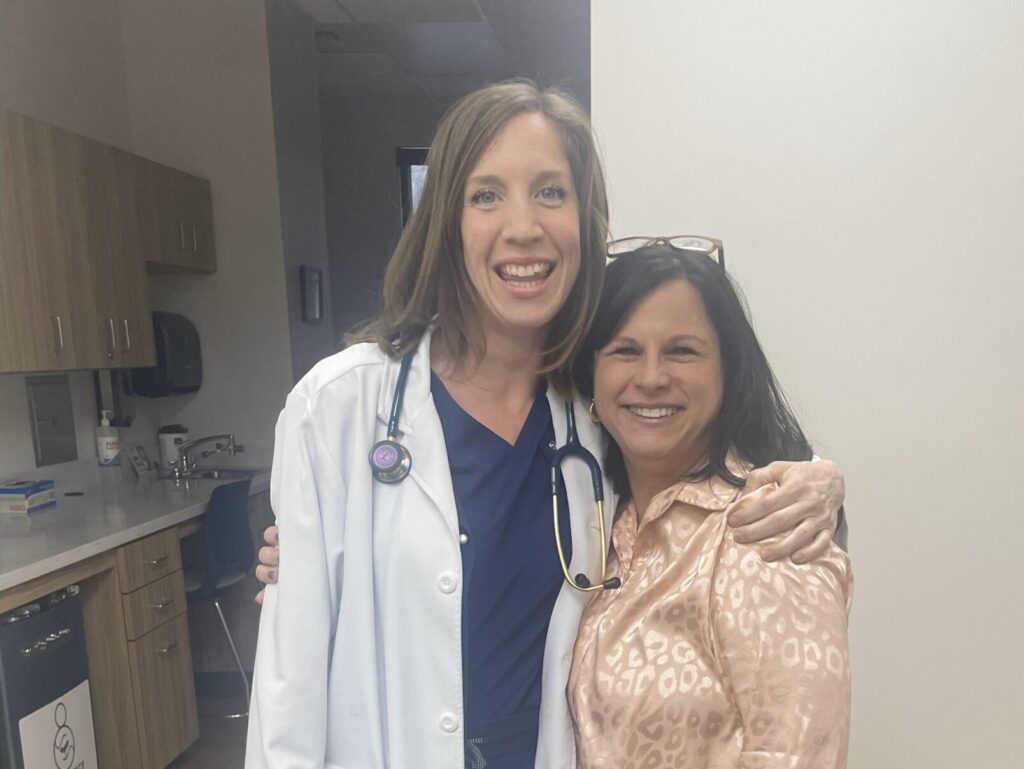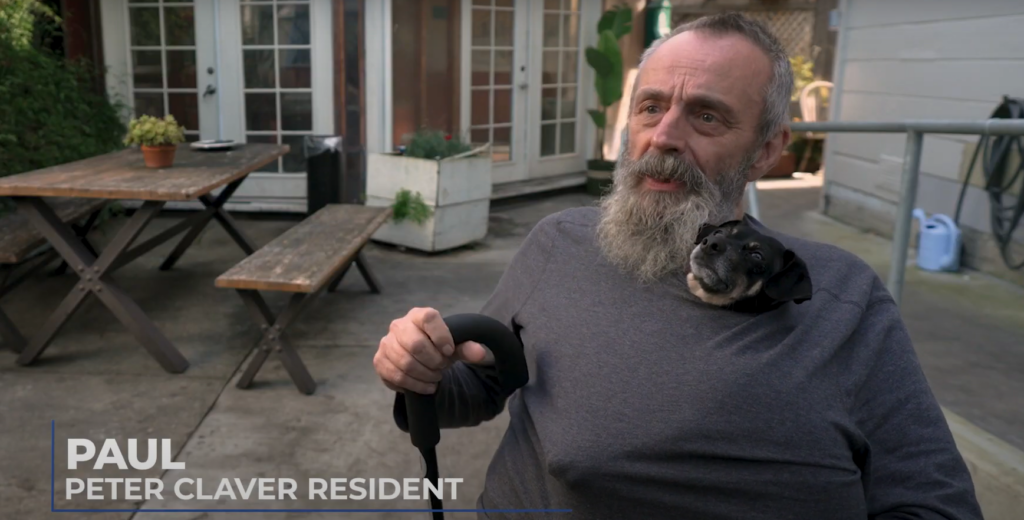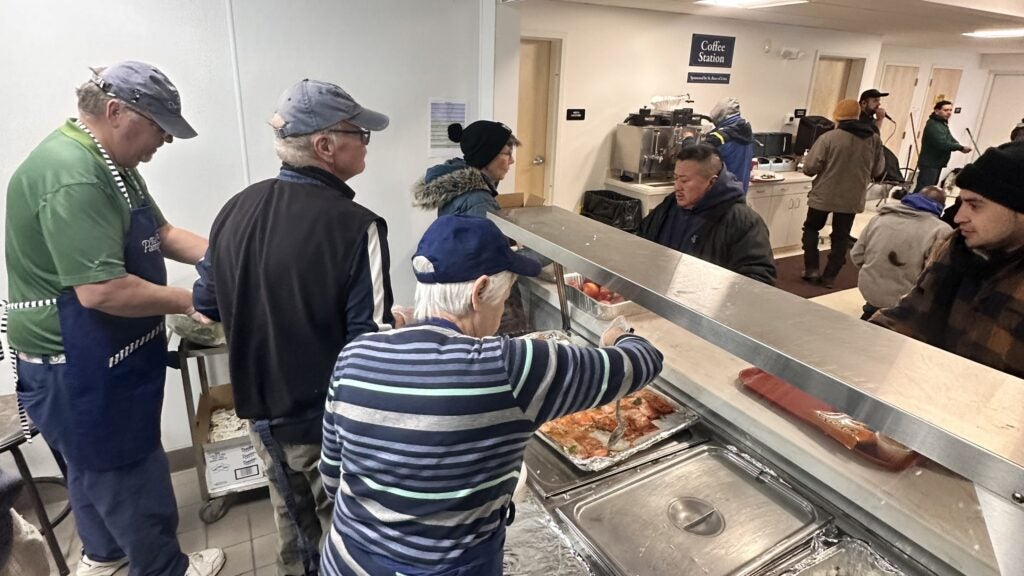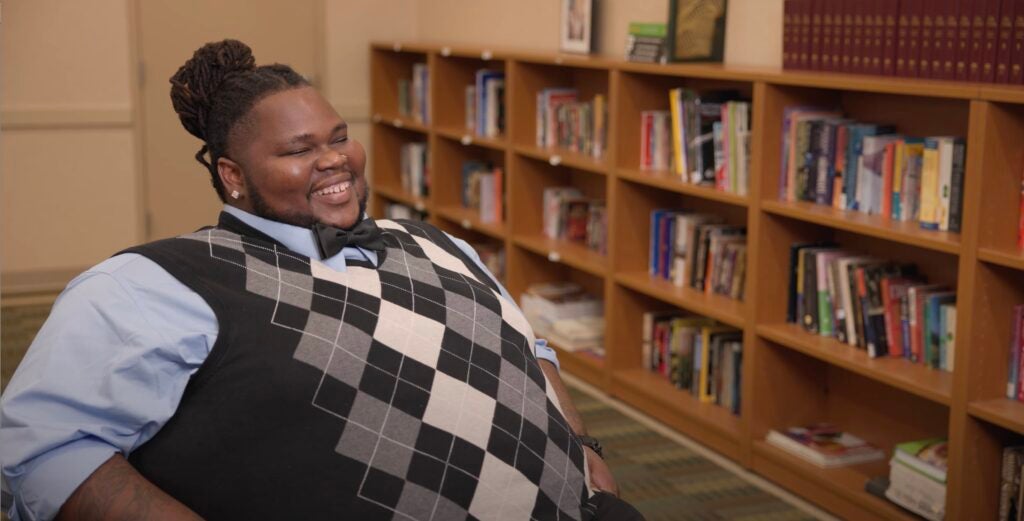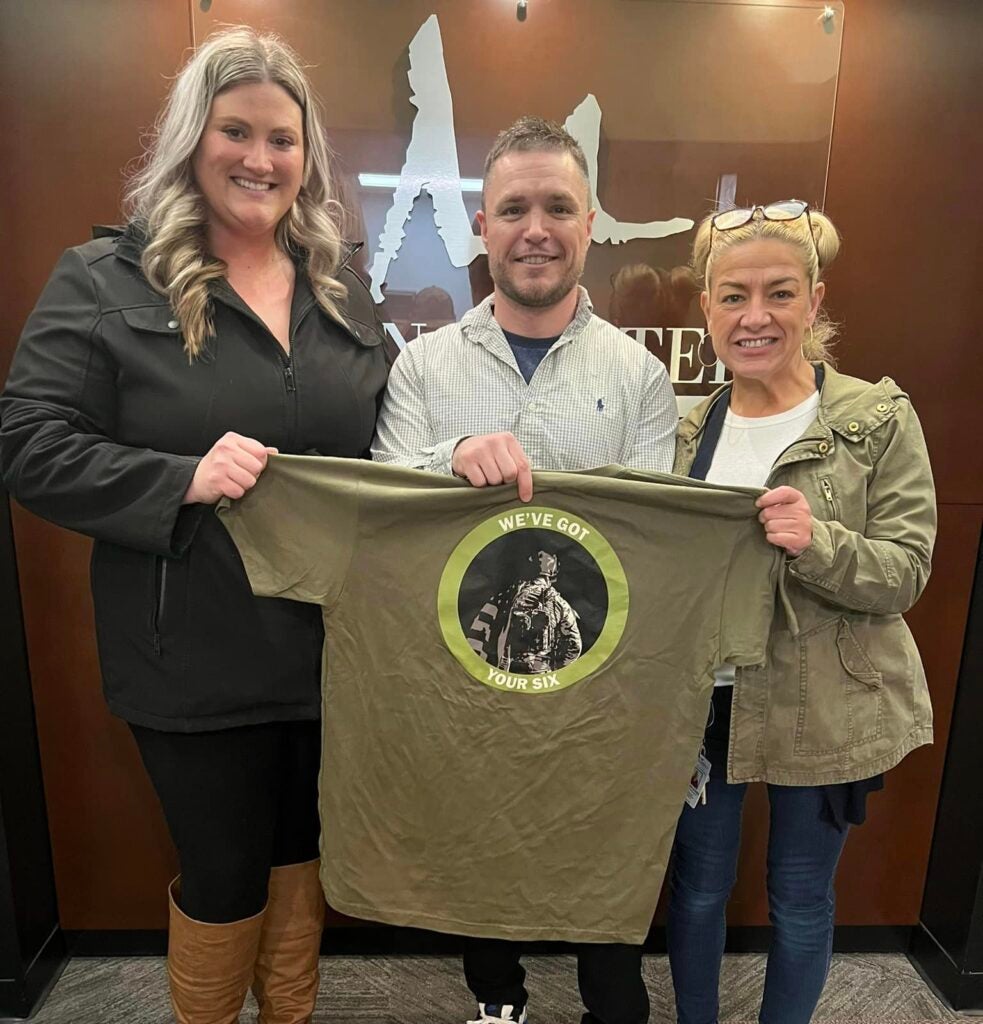
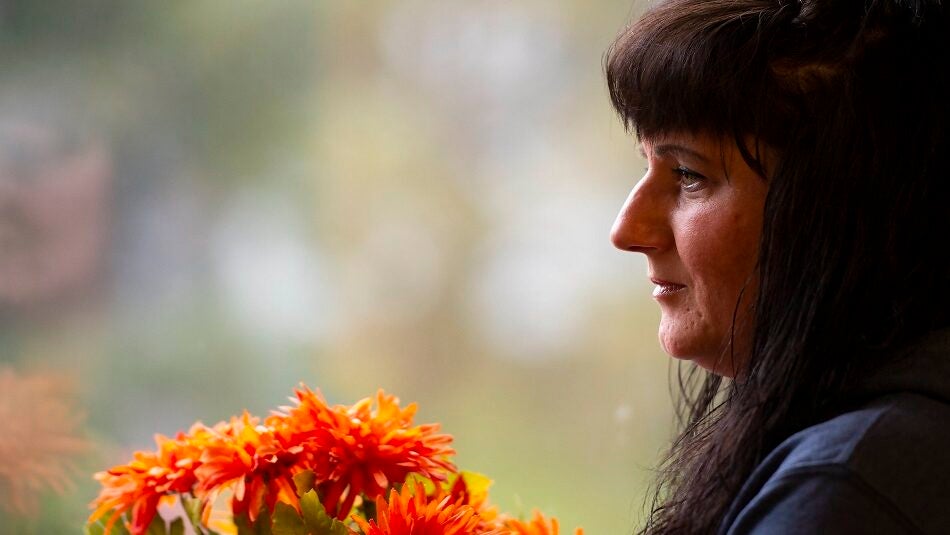
“The opium that you sent is pure and of good quality. I hope you will take care of the seed,” wrote Dr. Thomas Bond of Philadelphia to a Pennsylvania farmer on August 24, 1781 (Proceedings, American Pharmaceutical Association, 13 (1865) 5:1).
Opiates were legally and freely accessible in the United States from physicians, drug and grocery stores, and mail order by the 1800s. Elixirs containing opium and morphine, the chief active ingredient in opium, were marketed freely. Still, the powerful addictive properties of the drugs did not go unnoticed.
An article in Catholic World from September 1881, “The Opium Habit,” provided two paths for recovery: “One consists in immediately giving up the use of the drug and suffering the consequences. The other contemplates a gradual lessening of the dose until a barely perceptible quantity is taken. … While the battle for liberty is being fought the patient should be treated as a sick man — which he really is — and his misfortunate habit referred to as a misfortune, not a crime, which it is not.”
Addiction to opioids is not new. But the number of individuals and families impacted by the drug has created an epidemic in the United States.
Heroin, introduced in 1874, is a semi-synthetic opioid made from morphine. Between 2010 and 2016, the rate of heroin-related overdose deaths increased by a factor of 5 — more than 15,469 people died in 2016.
Fentanyl, first made in 1960, is a synthetic opioid that is 80-100 times stronger than morphine. In 2017, it became the most widely used synthetic opioid in medicine.
The most recent statistics on opioid overdose from the Centers for Disease Control and Prevention are sobering:
- Around 66 percent of the more than 63,600 drug overdose deaths in 2016 involved an opioid.
- In 2016, the number of overdose deaths involving opioids (including prescription opioids and illegal opioids like heroin and illicitly manufactured fentanyl) was 5 times higher than in 1999.
- On average, 115 Americans die every day from an opioid overdose.
Those statistics are for opioid-related deaths alone. They don’t account for numerous other substances, like cocaine, methamphetamine or alcohol.
“Addiction is a topic that’s miles wide and miles deep,” said Dr. John Pagana, a family physician who received special training in drug and alcohol treatment from the Betty Ford Center in California.
Pagana runs a free clinic in Sunbury where he treats people with substance abuse addictions. He is also a member of the Board of Directors of Catholic Charities Diocese of Harrisburg (Pennsylvania).
“Treatment starts with the understanding that addiction is a disease, not a disgrace,” he said.
“Addiction is addiction, regardless of your drug of choice — pills with extreme amounts of caffeine, whiskey, opioids,” he said. “Addiction is a complex disease, and it changes the biochemistry of the brain. The brain convinces the user that the drug is necessary for survival.”
For this reason, people with addictions will do things they normally wouldn’t in order to get their fix — like steal or lie. It also makes quitting difficult.
Pagana said 12-Step programs like Narcotics Anonymous and Alcoholics Anonymous offer successful paths to recovery.
“In 12-Step programs, you’re turning your life over to a greater power. You’re being held accountable and finding support and fellowship,” he said.
Evergreen House, Catholic Charities’ residential program for women in recovery, incorporates 12-Step programs into treatment.
Lydia Thomas, director at Evergreen, said there are countless ways to attack addiction.
It starts with prevention and early intervention.
Experimentation is the first stage of addiction.
“We need to prevent use,” Thomas said. “If a kid is using at age 12, why is that? Are his parents using? Is he home alone? Is he skipping school? We need to look at what we’re doing to help him.”
Education is also a key component. Thomas spoke of increased efforts nationwide to help people find access to treatment, and know the signs and risks.
Increased use of Medication-Assisted Treatment is also helping in the battle. Clinics and physicians are turning to methadone or naltrexone to help people transition away from the substances they’re addicted to.
“Many treatment options exist, but the person first has to make up their mind that they’re going to give up the drug,” Pagana said. “And the community at large needs to be behind the fight.”
He cautioned against blaming people for their addiction.
“So many people say, ‘They’ve caused it themselves. They deserve everything they get.’ First, that’s not a Christ-like attitude, and it doesn’t help the person. Second, it doesn’t change the fact that addiction is a chronic, progressive and terminal disease. It takes a lifetime to treat — just like diabetes and heart disease,” he said.
Armed with prevention, education and intervention programs, communities, agencies and health care professionals continue the fight.
“We’re addressing patterns of family history of addiction, of pre-teens experimenting, and of doctors writing unnecessary and dangerous prescriptions,” Thomas said. “We keep fighting the monster.”
“There is no cure for addiction, and it can strike anyone,” Pagana said. “We can’t blame people for having the disease, but we must hold them responsible for getting treatment.”
[This story written by Jen Reed appeared originally in the December 7, 2018, edition of The Catholic Witness, the newspaper of the Diocese of Harrisburg, Pennsylvania.]
